Subscriptions available in Domain profiles on Delfi
Choose the solutions you need from our subscription profiles. Available domain profiles cover the entire E&P life cycle.
Enable discipline experts to work together and make the best possible decisions from exploration to production

Petrel™ subsurface software is available on-premise and in the Delfi digital platform, for geoscientists and engineers to analyze subsurface data from exploration to production, enabling them to create a shared vision of the reservoir. This shared earth approach empowers companies to standardize workflows across E&P and make more informed decisions with a clear understanding of both opportunities and risks.

Petrel is available in domain profiles on Delfi
Choose the solutions you need from our subscription profiles. Available domain profiles cover the entire E&P life cycle.
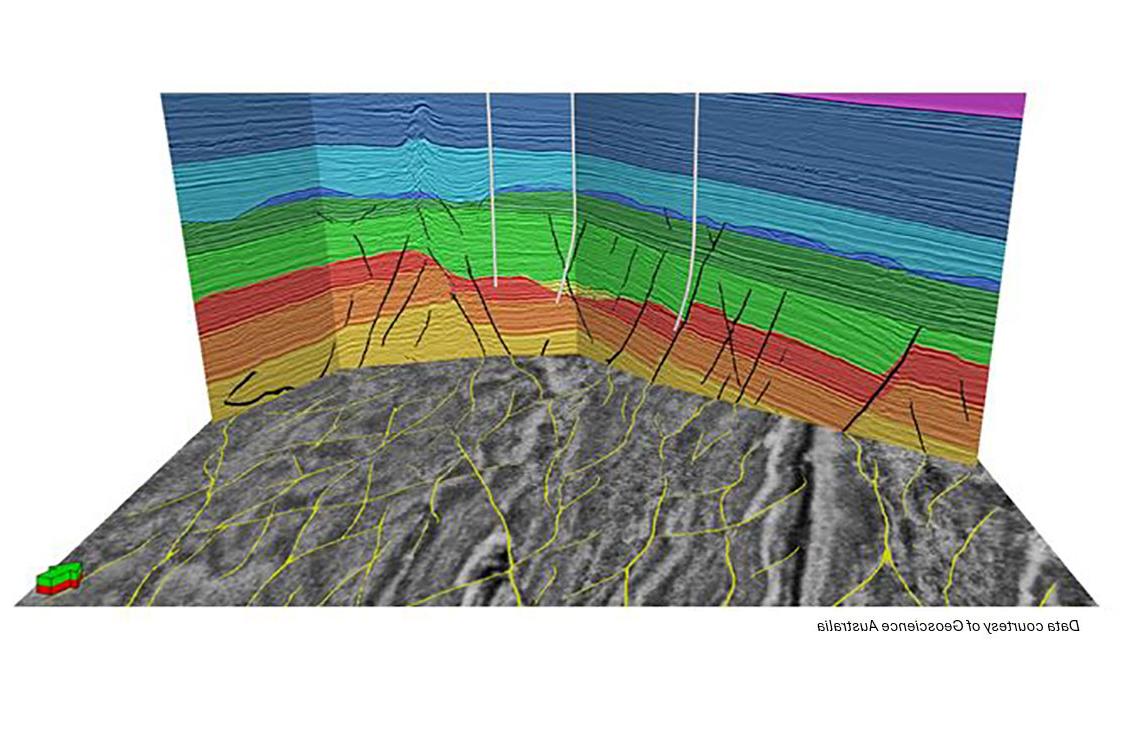
Multi-horizon prediction uses machine learning to predict geologically consistent sequences and can be used to predict horizons with non-consistent reflectors, truncations, salt bodies, channels, unconformities etc. The predicted horizons can be seamlessly extracted and interactively filtered to create clean and precise interpretation to rapidly build an accurate structural model.

A new driver, called Folding driver, is now available to predict fold related natural fracture distributions. The results from this calculation are used to generate fracture characteristics, storing them into an existing grid as properties which can be consumed directly in the fracture network process. Complementing the Fault natural fracture prediction (NFP) workflow, this new driver brings a new geomechanical and geological approach to natural fracture distribution.
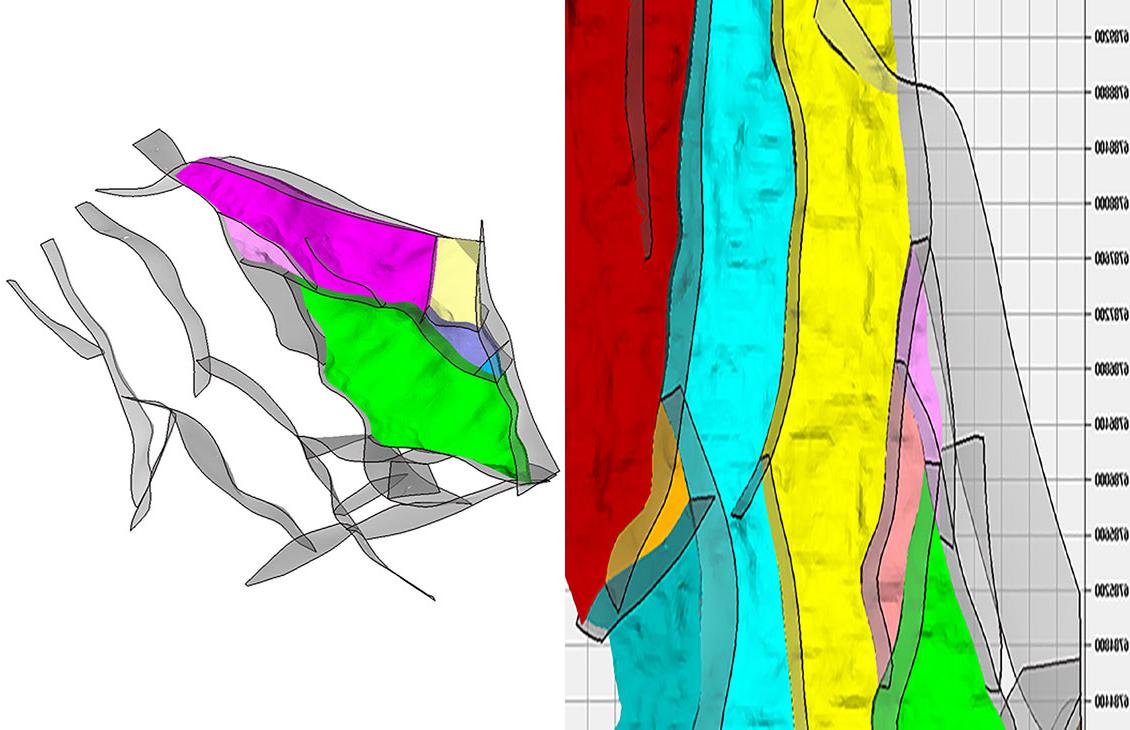
Segment filters on depogrids are now created based on the regions fault block data for that grid. The copy global grid operation for depogrids is also now available. A part of a depogrid can be extracted using either the segment filter, zone filter, cell index limits, or a closed polygon. The new grid contains the associated reduced list of faults, horizons, and zones, together with the grid and fault properties.
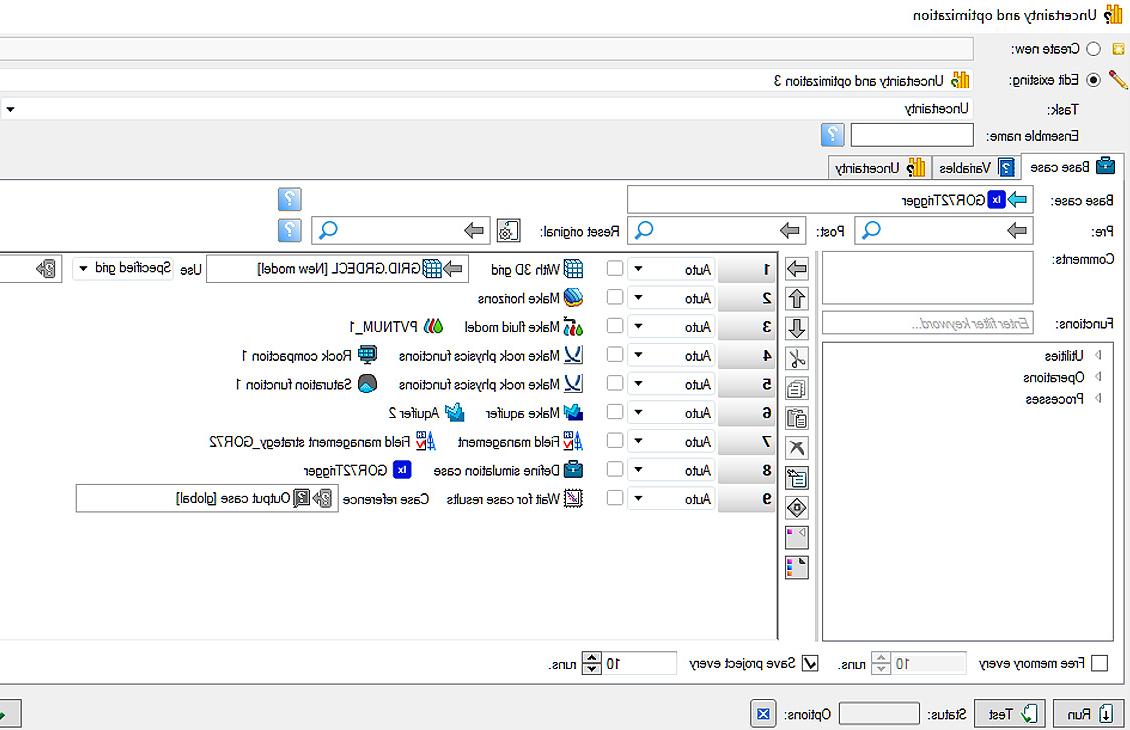
The Base case tab of the Uncertainty and optimization dialog box now has the same look and feel as the Workflow editor. The update includes a new comments field and the ability to search for utilities, operations, and processes that you can insert into the workflow improving efficiency.
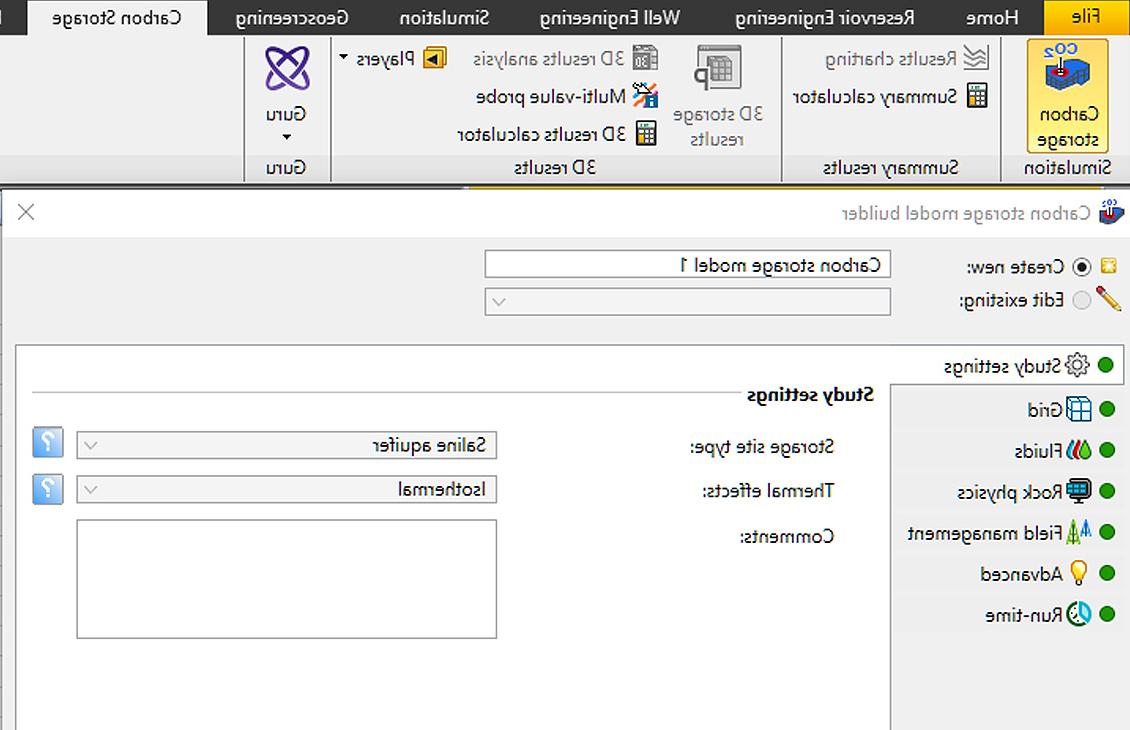
The Carbon storage model builder provides a step-by-step guided workflow for the setup of a simulation model to estimate CO2 capacity in saline aquifers. In this guided workflow, you can model the complex physical and chemical behavior of CO2 in a few user-friendly guided steps.
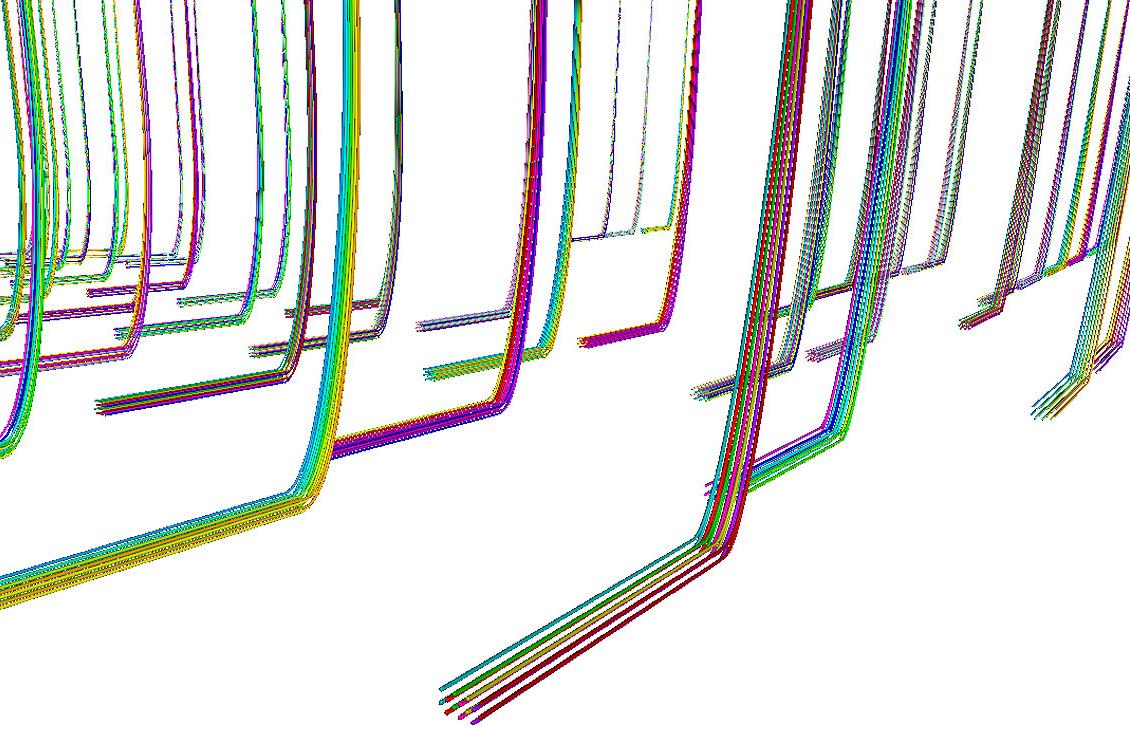
In the Pad well design process, you can now insert multiple depth surfaces representing your target reservoirs to plan wells for multiple benches in a single sitting and organize the output plans into separate reservoir target folders.
Discover the capabilities of Petrel through our demo video series. Learn about advanced features, practical applications, and tips to enhance your workflow. Explore what you can achieve with Petrel today!
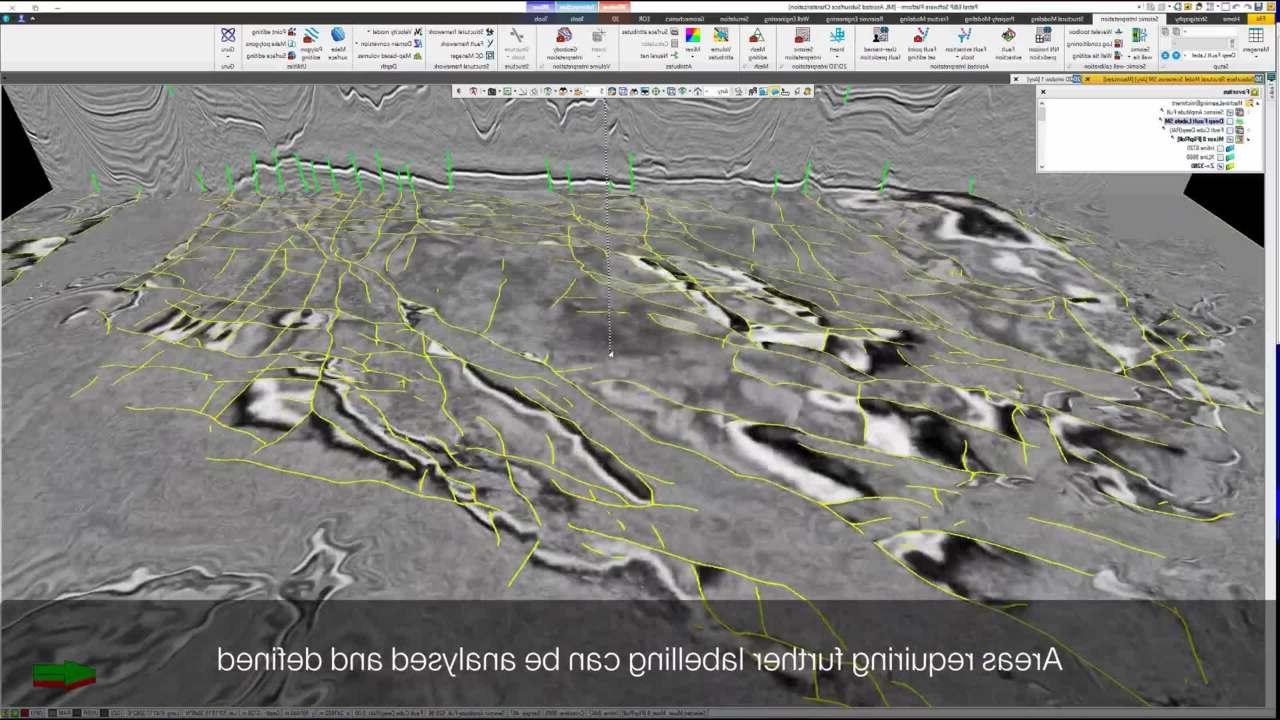
Machine learning assisted fault interpretation is a geoscience driven fault prediction solution in Petrel.
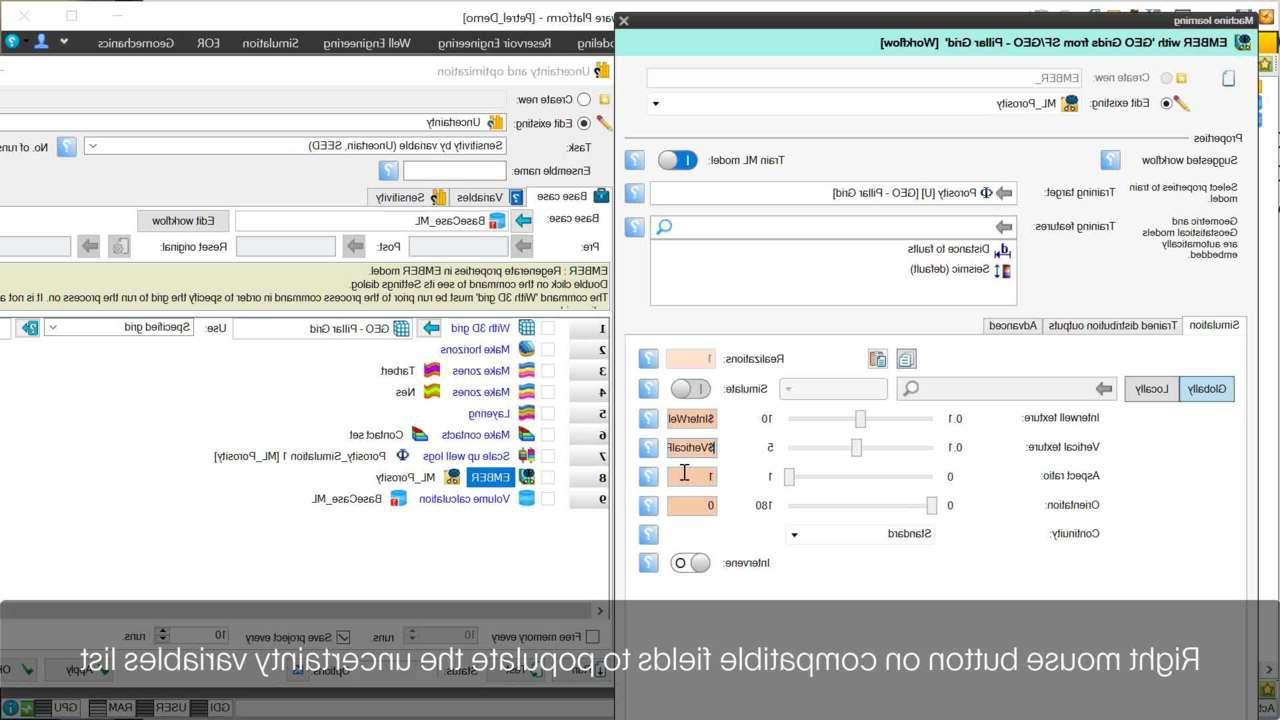
Certain processes in Petrel allow you to auto identify uncertainty parameters in the U&O process.
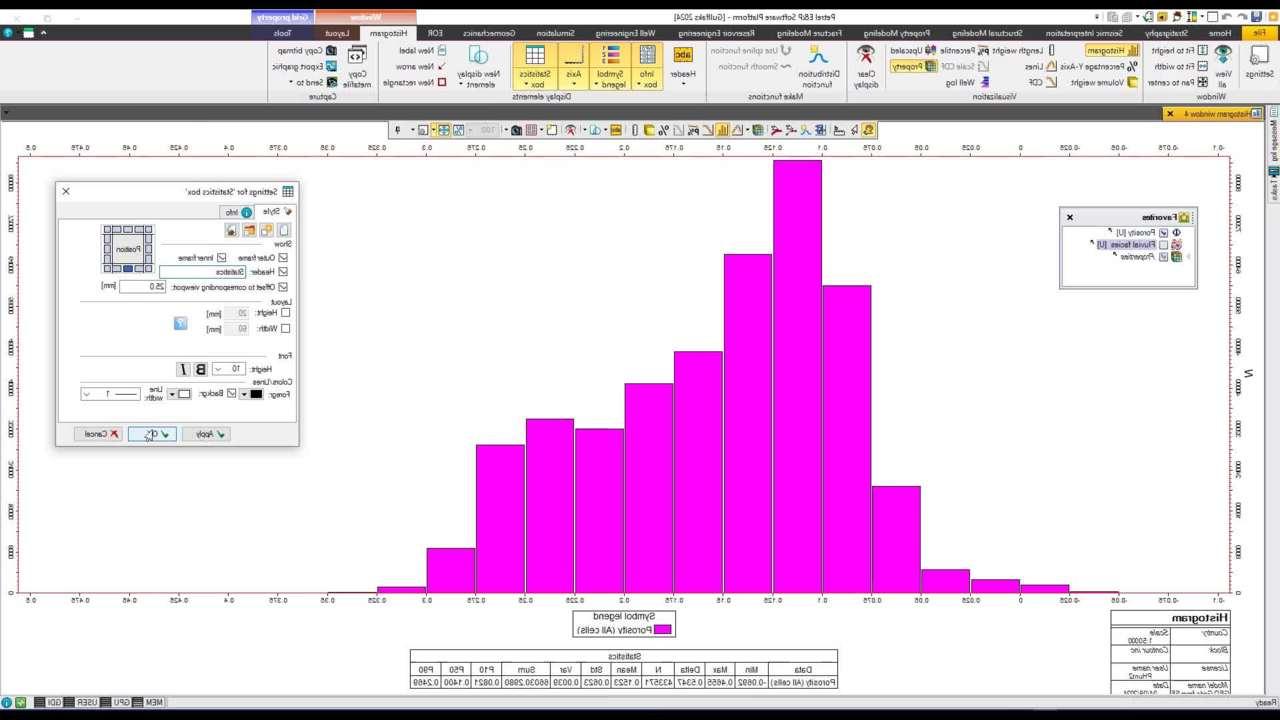
It is now possible to add a statistics table to a histogram window.

Machine learning assisted horizon interpretation enables tracking of multiple waveforms simultaneously.

Machine learning assisted quantitative interpretation is now available in Petrel.

Perceptual colour tables have been added to Petrel 2024.
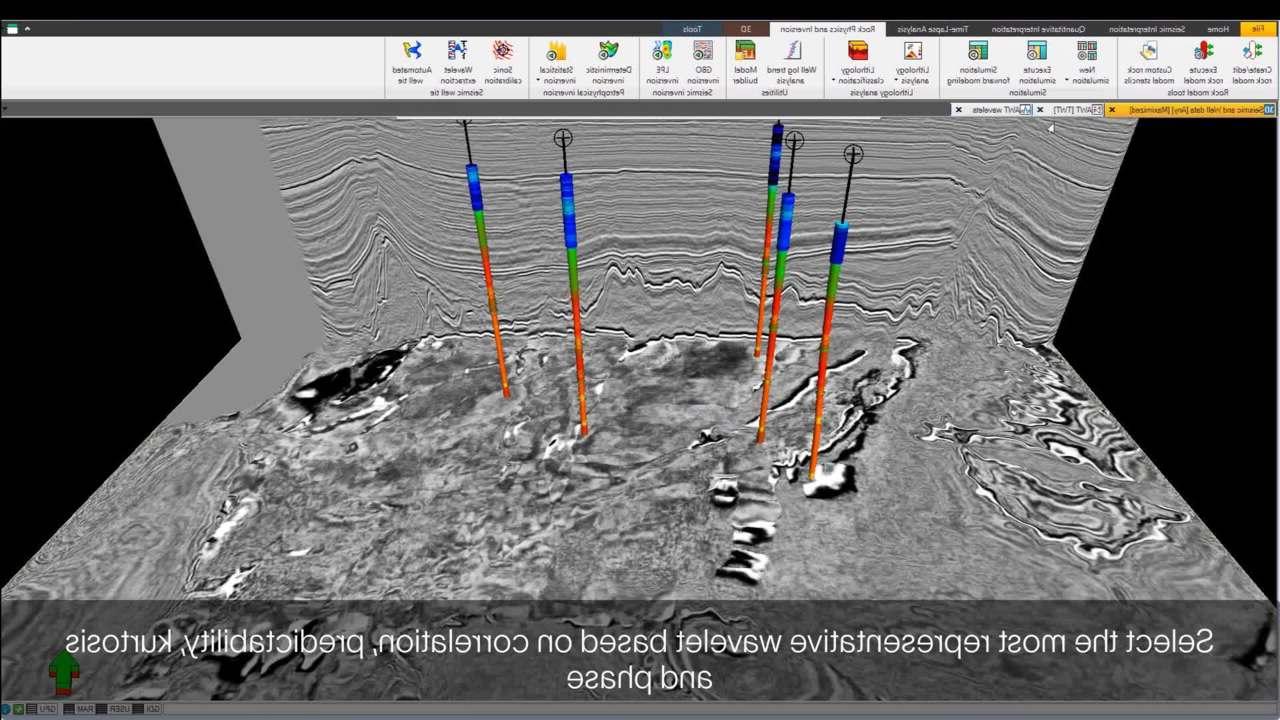
A new process in Petrel designed for rapid estimation of single and multi-well wavelets.

Follow these steps
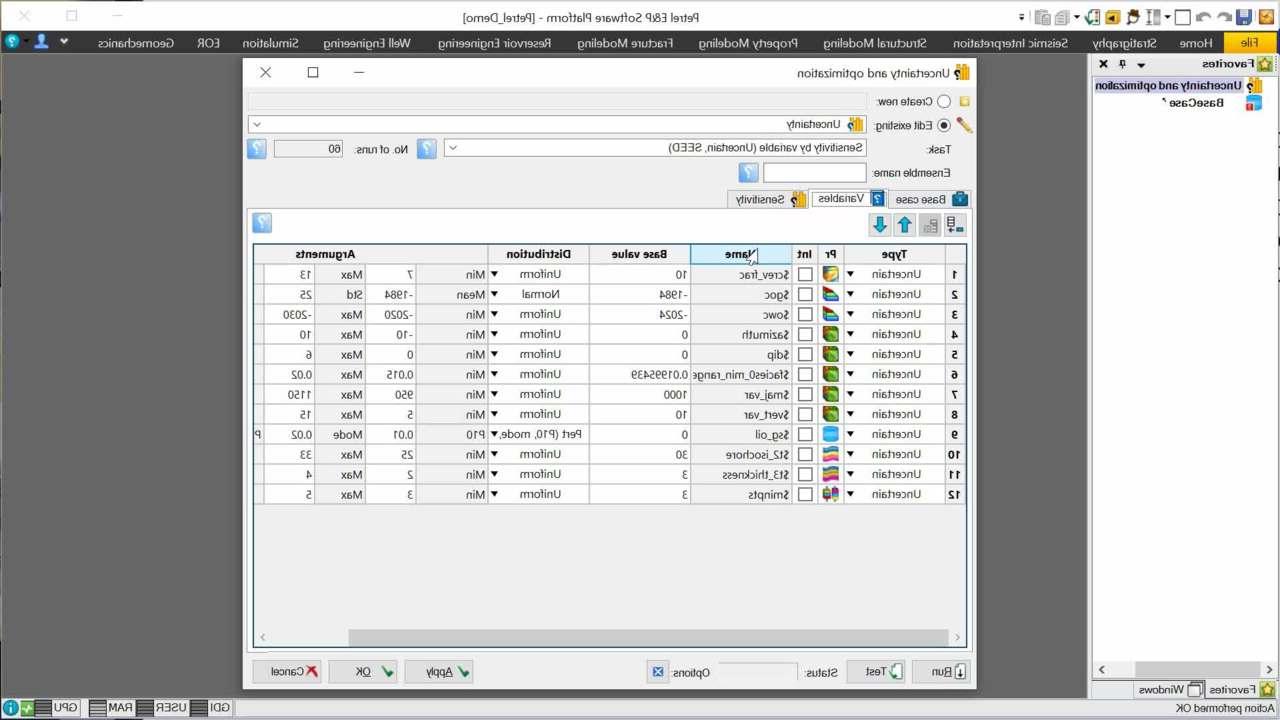
Defining uncertainty variables is an important step in any uncertainty workflow.

The well data browser can be used to interrogate wells, logs, and well tops.
Enable discipline experts to work together and make the best possible decisions from exploration to production
Base configuration, providing an integrated platform for geoscience and reservoir engineering.
An integrated environment for geoscience and drilling from well design to geosteering
Full suite of tools including petroleum systems modeling, well correlation, mapping, and geocellular modeling
An unparalleled productivity environment, completely scalable with integrated pre- and poststack geophysical workflows
Integrated 3D and 4D geomechanics modeling and analysis workflows to understand subsurface behavior and plan wells in complex environments.
The collaborative environment for reservoir characterization, development planning, production evaluation, and optimizing reservoir performance.
Enhance the evaluation, development, and production of unconventional resources
Quality and capability tool, including in-context guidance, guided and QC workflows, with the ability to capture knowledge and best practices.
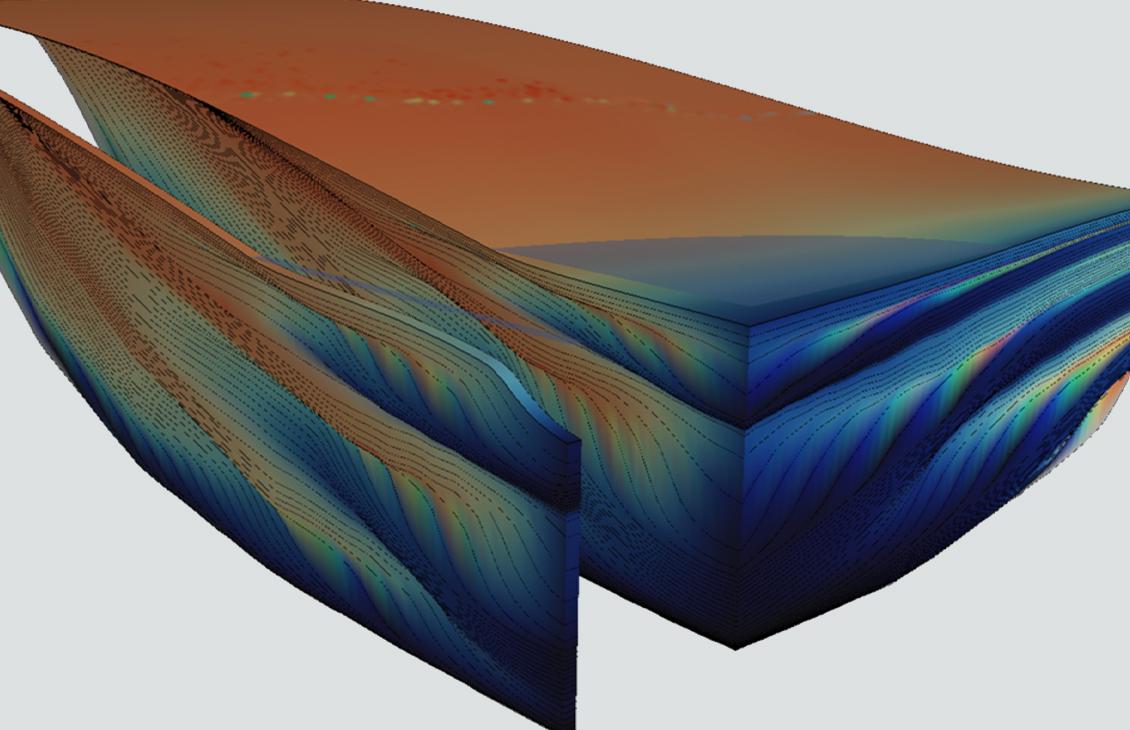
Improve reservoir prediction in clastic and carbonate sediments.
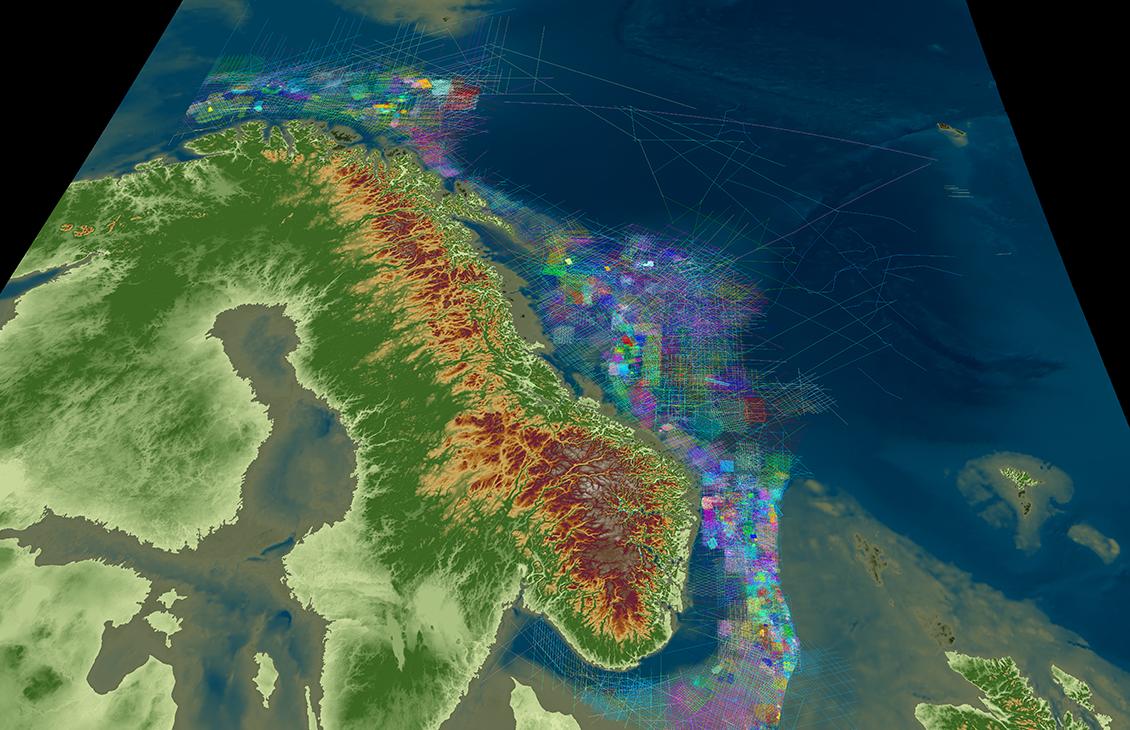
Multiuser knowledge collaboration and sharing to improve multidisciplinary productivity.

Brings together our collection of digital solutions for petrotechnical workflows.